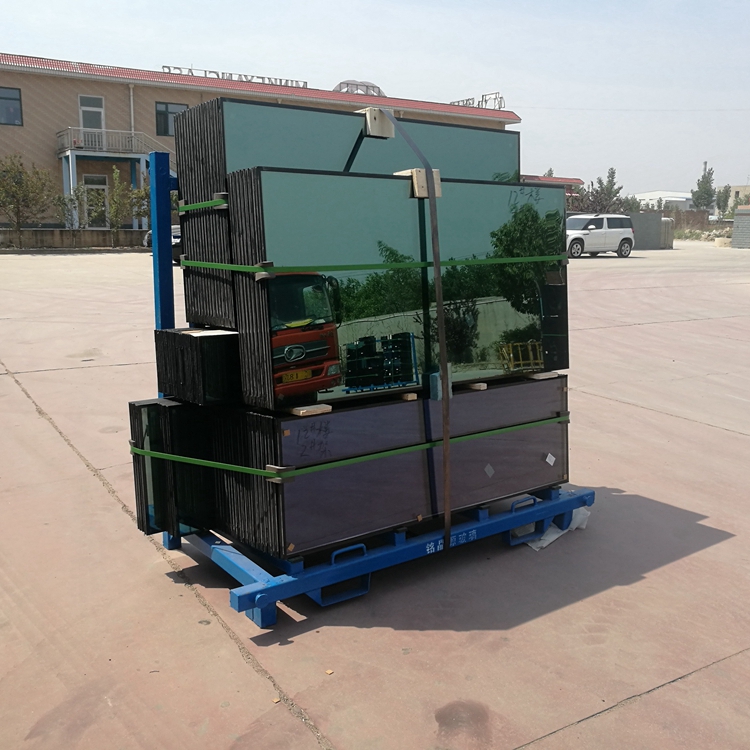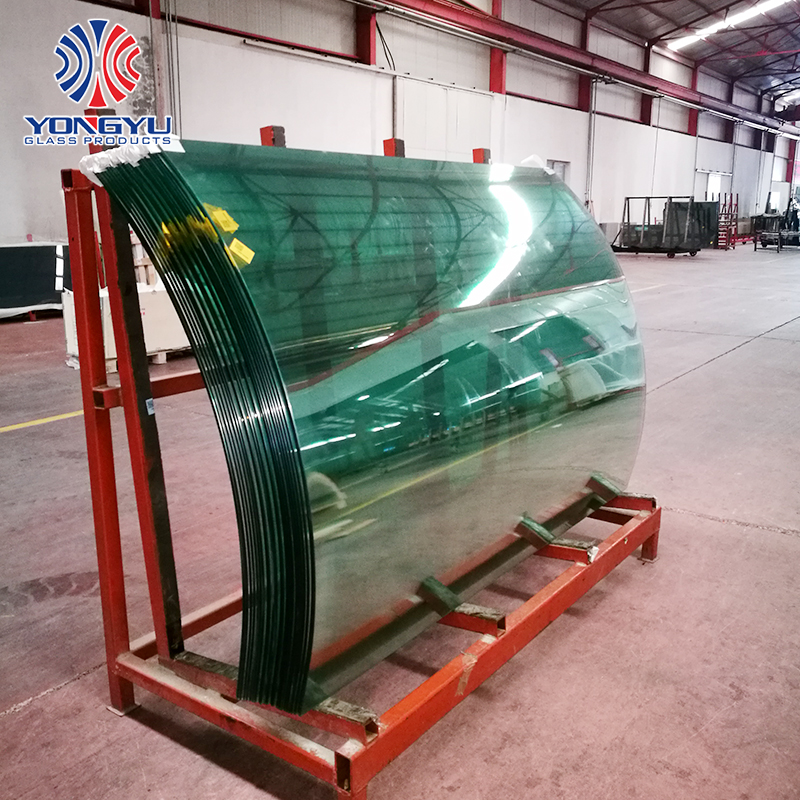OEM manufacturer Glass Facade Reflection - Low-E Insulated Glass Units – Yongyu
OEM manufacturer Glass Facade Reflection - Low-E Insulated Glass Units – Yongyu Detail:
Basic Info
Low-emissivity glass (or low-E glass, for short) can make homes and buildings more comfortable and energy-efficient. Microscopic coatings of precious metals such as silver have been applied to the glass, which then reflects the sun’s heat. At the same time, low-E glass allows an optimal amount of natural light through the window.
When multiple lites of glass are incorporated into insulating glass units (IGUs), creating a gap between the panes, IGUs insulate buildings and homes. Add low-E glass, to the IGU, and it multiplies the insulating ability.

Other Advantages
If you’re shopping for new windows, you’ve probably heard the term “Low-E.” So, what are the Low-E insulated glass unit? Here is the simplest definition: Low Emittance, or Low-E, is a razor-thin, colorless, non-toxic coating applied to window glass to improve energy efficiency. These windows are entirely safe and are becoming the standard for energy efficiency in the modern home.
1. Low E Windows Reduce Energy Costs
Low E applied to windows helps block infrared light from penetrating the glass from the outside. Besides, Low E helps keep in your heating/cooling energy. Bottom line: they are much more energy-efficient, helping you save on heating and cooling costs and costs associated with running your heating/cooling systems.
2. Low E Windows Reduce Destructive UV Rays
These coatings help reduce ultraviolet (UV) light. UV light waves are the ones that over time will fade color on fabrics and you probably have felt them at the beach (burning your skin). Blocking UV rays save your carpets, furniture, drapes, and floors from fading and sun damage.
3. Low E Windows Do Not Block All Natural Light
Yes, Low E windows block infrared light and UV light, but one other vital component makes up the solar spectrum, visible light. Of course, they will reduce visible light slightly, compared to a clear glass pane. However, plenty of natural light will brighten your room. Because if it didn’t, you might as well just make that window a wall.
Product Display
 |
 |
 |
 |
 |
 |
Product detail pictures:






Related Product Guide:
Reliable quality and good credit standing are our principles, which will help us at a top-ranking position. Adhering to the tenet of "quality first, customer supreme" for OEM manufacturer Glass Facade Reflection - Low-E Insulated Glass Units – Yongyu , The product will supply to all over the world, such as: Bangladesh, Finland, Los Angeles, We insist on the principle of "Credit being primary, Customers being the king and Quality being the best", we are looking forward to the mutual cooperation with all friends at home and abroad and we will create a bright future of business.
This supplier's raw material quality is stable and reliable, has always been in accordance with the requirements of our company to provide the goods that quality meet our requirements.





